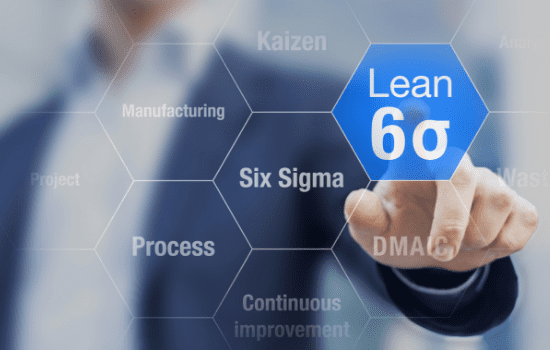Lean and the 7 Habits: No. 3: Put First Things First
Originally published on April 14, 2014
Updated on November 14th, 2024
Put First Things First
Developing independence requires growing and improving enough to move from dependence to a state of freethinking and individualism. In order to effectively obtain the benefits of independence, you must surround yourself around efforts to (1.) Be Proactive, (2.) Begin With the End in Mind, and (3.) Put First Things First.
Covey’s third habit highlights the importance of focusing your energy on your highest priorities and recognizing that not doing everything is okay. If you’re going to begin with the end in mind (Covey’s 2nd habit), you need a process to make this a reality. Each person must hold themselves accountable to ensure success, and to do this, each person must implement activities that aim to reach the second habit.
Lean practitioners set process completion goals based on a “pull system”, whereby services or goods are provided when the client needs them as opposed to when you want to supply them. This, in turn, helps prioritize the multiple goals on one’s plate.
Case Example
The best example I can provide to help visualize this point is within a CPA firm . We worked with another CPA firm that, like pretty much all CPA firms, struggled during tax season. When we asked the firm’s team to think about the voice of the customer and find opportunities to move work out of peak season and into less busy times. The firm came up with multiple solutions to gain capacity during their first tax season after implementing lean. The simplest solution, and easiest one to implement, was to look at the list of clients that repeatedly filed extensions with no tax due each year. Rather than filing these extensions during the mad rush in mid-April, these extensions could be filed in January. Now these clients have been taken care of, and the CPAs don’t have to figure out how to prioritize them during crunch time.
Solution
To make this a reality, throw out characteristics that do not support the “voice of the customer”, reinforce the ones that do, and then implement other value added activities to fill in the gaps. In business, simplify the vision by clarifying the “voice of the customer”, seek input from a cross-functional team within your organization for the best input, and then effectively manage your progress. Consider strategies that put systems in place to improve project management and workspace organization, and to ultimately lead to efficient production. The more wastes and non-value added activities eliminated from a process leads to increased efficiency and capacity, which allows for completion of more prioritized items in a shorter time period.
By applying lean methodologies to achieve the third habit, you and your company will inevitably become more productive and proactive. In the next article, we’ll discuss the fourth habit which is represented by the Interdependence imperative.
About the Authors
Mike Sibley and Katie Davis are passionate about creating thorough and sustainable systems to help organizations become Lean Enterprises. In addition to writing and speaking on Lean Six Sigma, Mike and Katie work directly with an organization’s members to evaluate an existing process and identify solutions that eliminate waste, as well as build efficiency and quality into the process. Mike and Katie have applied these approaches for manufacturing, construction, professional services, and governmental entities.
Other Posts You Might Like

